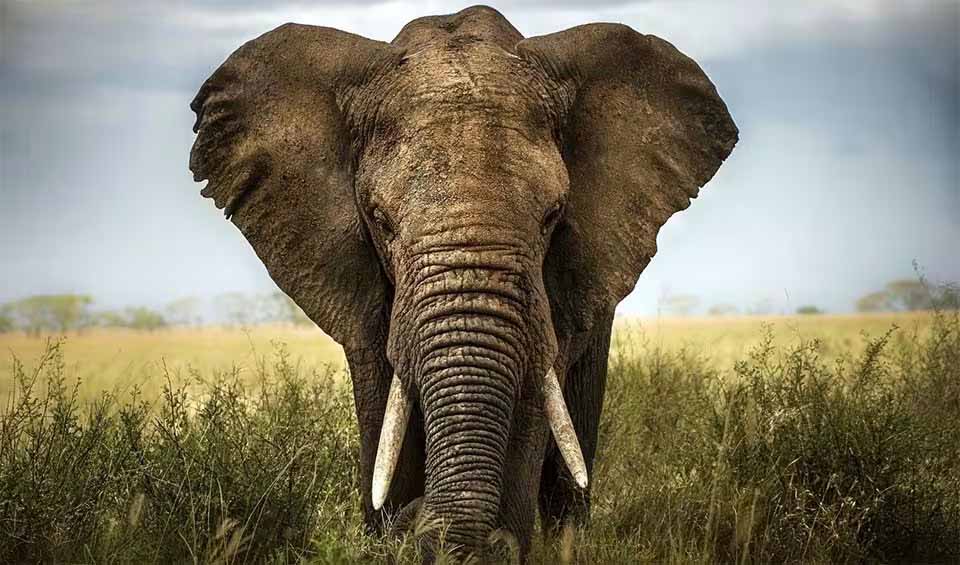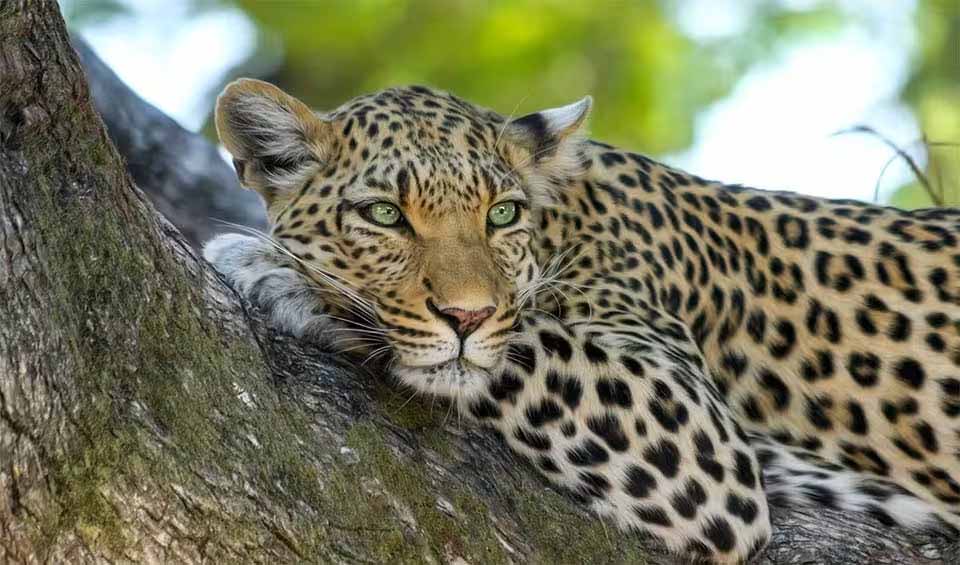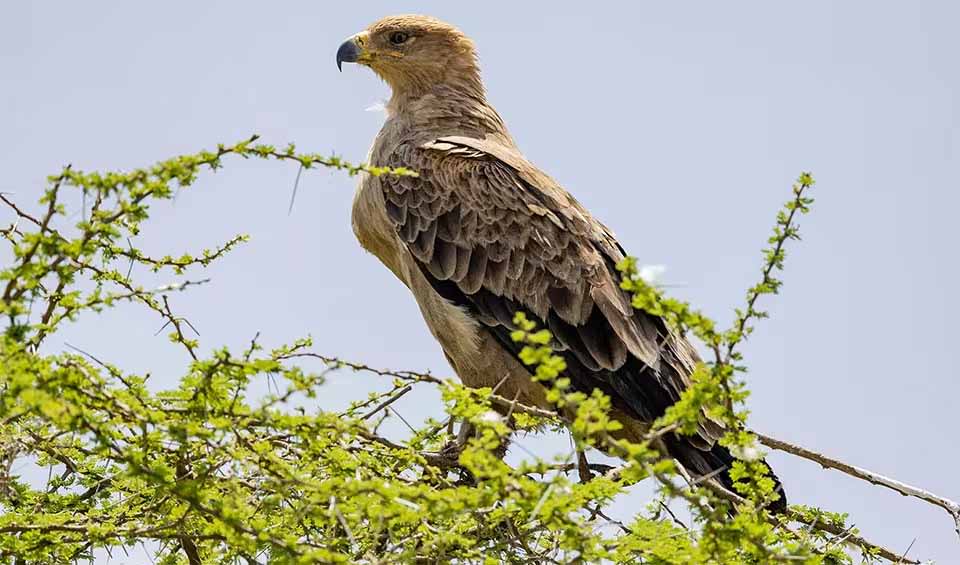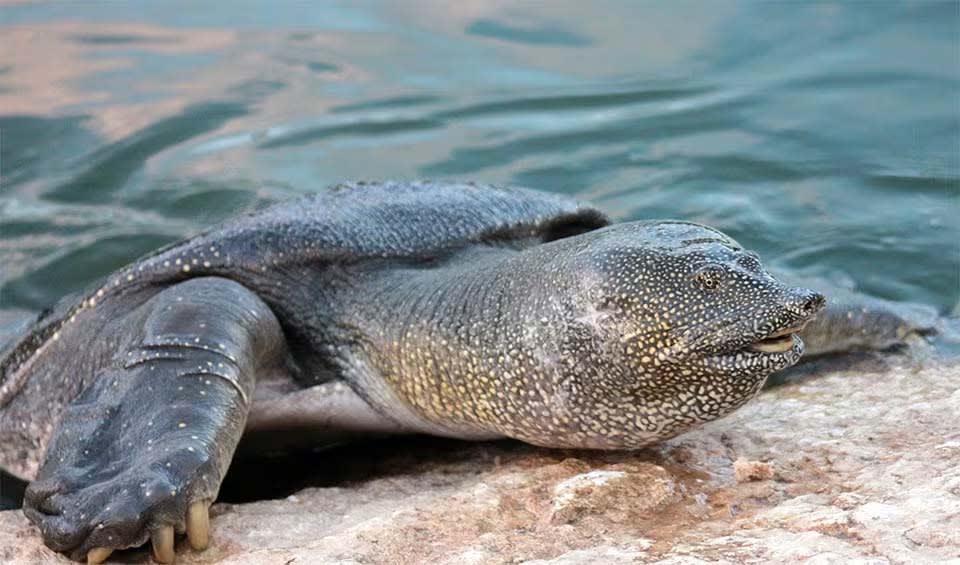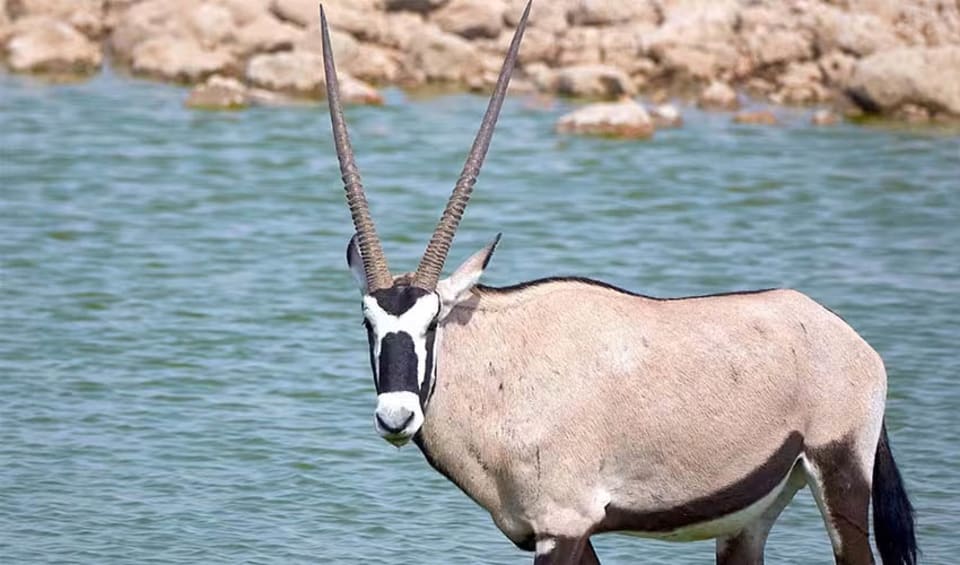Namibia’s biodiversity is greatly influenced by its diverse climate, terrain, geology, and human activities. It stands as the driest nation in Africa south of the Sahara, yet it hosts an impressive array of ecosystems, including deserts, grasslands, savannas, wetlands, and forests. Despite its arid conditions, with some regions receiving less than 10 mm of rain annually, and others more than 600 mm, Namibia maintains a wide range of habitats. It is also one of the least densely populated countries globally, resulting in minimal human impact on its vast, pristine landscapes that are both highly valued by tourists and locals.
Furthermore, Namibia contains two global biodiversity hotspots that are rich in mineral resources, notably the Sperrgebiet in the Succulent Karoo floral kingdom. This area, restricted due to diamond mining activities for over a century, is particularly noted for its unique succulent plant diversity, which thrives due to the winter rainfall and fog prevalent in the southern Namib Desert.
Four pillars elaborated:
Namibia takes pride in its extensive network of protected areas, which span approximately 17% of its land surface. These reserves encompass a wide range of ecosystems, from arid deserts to verdant wetlands, supporting a diverse array of plant and animal species. Among these protected areas are 19 national parks, such as the renowned Etosha National Park, celebrated for its abundant wildlife, and 2 nature reserves, including the Cape Cross Seal Reserve, which is home to a large colony of Cape fur seals. Namibia’s innovative conservation approach also includes Communal Area Conservancies, empowering local communities to oversee and derive benefits from wildlife resources within their ancestral lands. Land Management
Land Management
Key challenges to biodiversity conservation in Namibia encompass various factors, including the repercussions of population growth, consumption patterns, and production practices, alongside environmental threats like climate change and land degradation. Additionally, the nation grapples with pressing development issues such as poverty, unemployment, and the HIV/AIDS pandemic. Uncontrolled mining activities, particularly uranium and offshore diamond mining, along with unsustainable land management practices, poorly directed tourism, and human-wildlife conflicts further exacerbate these threats. Threats to Biodiversity
Threats to Biodiversity
Despite ongoing project and policy interventions, land degradation and desertification pose significant risks to communal areas, while bush encroachment remains a concern for commercial farming areas. Human-wildlife conflict, especially near protected areas, presents emerging challenges, with incidents of crop damage and livestock losses contributing to community tensions.
Namibia is deeply committed to preserving its diverse ecosystems and wildlife through a range of conservation efforts. The country’s network of protected areas, including national parks, reserves, and conservancies, serves as crucial havens for endangered species and critical habitats. These areas not only safeguard Namibia’s natural heritage but also foster sustainable development. Capacity and Governance
Capacity and Governance
A key aspect of Namibia’s conservation strategy is the establishment of conservancies, which are community-owned and promote responsible land use practices. By engaging local communities in biodiversity management, conservancies empower them to actively participate in resource protection and benefit from sustainable tourism and enterprises. Additionally, Namibia emphasizes sustainable resource management through policies like fishing quotas and wildlife plans, aiming to balance economic development with biodiversity conservation.
In Namibia’s forthcoming biodiversity strategy, collaboration and technology play pivotal roles. The nation is actively incorporating SMART and other innovative conservation technologies into its initiatives, encouraging cooperation among government, communities, and the private sector. Key areas of emphasis entail the responsible management of wildlife and habitats, harnessing the socio-economic potential of natural resources, advocating for sustainable agriculture and fisheries, and mitigating the effects of climate change. Future Trends
Future Trends
Biodiversity
Namibia boasts an impressive array of animal species that contribute to its thriving biodiversity. It is renowned for hosting the largest population of cheetahs globally, serving as a sanctuary for these majestic creatures. Moreover, Namibia harbors the largest free-roaming black rhino population in Africa, playing a crucial role in their conservation efforts. The country’s diverse wildlife includes African savanna elephants, which grace its expansive landscapes with their majestic presence, alongside a unique population of desert-adapted elephants that have successfully adapted to the arid climate.Additionally, Namibia is home to a variety of antelope species, such as the agile springbok, majestic gemsbok, and striking black-faced impala, which further enhance its remarkable wildlife diversity as they roam freely across its vast savannas and deserts, captivating onlookers with their natural allure.
In the table below are the number of known species in several main groups, how many of these species are Threatened with extinction, and how many of them are Endemic (unique to Namibia only):
| Species (World rank) |
Threatened | % Threatened | Endemic | % Endemic | |
|---|---|---|---|---|---|
| Mammals | 217 (#50) | 15 | 6.9% | 3 | 1.4% |
| Birds | 599 (#55) | 34 | 5.7% | 1 | 0.2% |
| Reptiles | 283 (#32) | 6 | 2.1% | 43 | 15.2% |
| Amphibians | 45 (#63) | 4 | 8.9% | ||
| Fishes | 665 (#90) | 48 | 7.2% | 6 | 0.9% |
| Plants | 4,344 (#79) | 27 | 0.6% | 680 | 15.7% |
mammals
African bush elephant
Size matters! The largest of the three elephant species and the largest extant terrestrial creature on our planet
Leopard
Disappearing graceful shadows, this tree-climber is on the way to extinction
White rhinoceros
White with a dark future! Victim of the myths, it is the biggest of the five rhino species
birds
Kori bustard
These large birds may remind you of ostriches, but they can fly!
Tawny eagle
Often seen as a symbol of strength, freedom, and keen vision in many African communities
African penguin
Pinked patched endanger penguin
reptiles
African softshell turtle
Instead of a bony shell, it has a flat, leathery covering that helps it glide smoothly through the water
Nile crocodile
One of the most iconic animals of Africa and the second largest reptile on earth
Black mamba
Africa’s most feared snake that would inevitably evoke reactions of fear by just its looks
National Animals
Gemsbok
Their large, bat-like ears help them dissipate heat, keeping them cool in the hot desert climate
